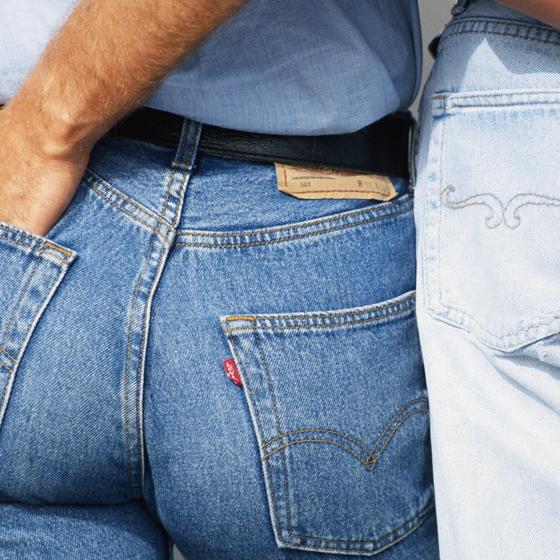
Article originally published on AZCentral Healthy Living
The gluteus maximus is the largest muscle of the buttocks. It is the muscle that forms the rounded shape of your buttocks and is a major contributor to your ability to stand erect and walk with correct gait. The gluteus maximus works with other muscles to create movement and stabilize your lower body. When you strengthen this muscle correctly, it will improve your posture, balance and gait, plus your ability to stand up from a seated position.
Movement and Stabilization
The gluteus maximus helps move the thigh bone and pelvis. When it contracts, a strong gluteus maximus causes the hip to extend, pointing the knee down, in line below the pelvis. It also rotates the thigh outward and scoops the pelvis under, into a posterior tilt. But muscles don’t just create movement, they also help stabilize your joints. The gluteus maximus helps control flexion and internal rotation of the thigh at the pelvis, assists with balance as you walk and helps maintain a neutral pelvis when you are standing.
The Anti-Gravity Muscle
A well-conditioned gluteus maximus engages when a powerful extension of the hip is required. It’s often called an “anti-gravity” muscle because it helps your body function against the force of gravity. It extends the hip from a fully flexed position when you are working against gravity — for example, when you stand up from a seated position or climb stairs. The gluteus maximus also engages when your hip hyperextends — moving your leg behind your body in activities such as running, dancing and swimming.
Posture
Another essential action of the gluteus maximus is to help you regain an erect standing position after movement, by pulling the back of your pelvis downward. This downward stabilization helps you maintain a neutral pelvis and avoid overarching your lower back. It works closely with the psoas muscle to create an upright posture. The psoas muscle flexes the hip, lifting the knee in front of your body, while the gluteus maximus extends the hip, bringing the leg backward, behind your torso. It’s important to balance strength and flexibility between these two muscles. Without this balance, your posture will suffer.
Gait
The gluteus maximus assists with the movement of walking and running but is more active with the powerful forces required for running. The moment your heel strikes the floor, your gluteus maximus engages, initiating hip extension, keeping your torso upright, decelerating the leg swing and slowing the forward motion of your body. In other words, a strong gluteus maximus is important for control of your body during forward locomotion. If the gluteus maximus is weak, your torso will lurch backward at the moment your heel strikes the floor, forcing other muscles to compensate.
Exercises
The “International Journal of Sports Physical Therapy” published a report that studied the activation of the gluteus maximus and medius muscles during 18 different exercises. The study found that a front plank with hip extension was the most effective exercise for activating the gluteus maximus. Other top exercises for this muscle include the gluteal squeeze, side plank abduction with the dominant leg on top, side plank abduction with the dominant leg on the bottom and the single-leg squat.
References
- International Journal of Sports Physical Therapy: Electromyographic Analysis of Gluteus Medius and Gluteus Maximus During Rehabilitation Exercises
- Wheeless’ Textbook of Orthopaedics: Gluteus Maximus
- Journal of Experimental Biology: The Human Gluteus Maximus and Its Role in Running
About the Author
Cindy Killip is a medical exercise specialist, health coach, author and speaker who has been teaching and writing about exercise and wellness since 1989. She authored the book Living the BONES Lifestyle: A Practical Guide to Conquering the Fear of Osteoporosis [2012]. Killip holds multiple certifications through the American Council on Exercise and degrees in communications and sociology from Trinity University with a focus on pre-med and exercise science. She studied exercise physiology as a graduate student at the University of New Mexico.
Article originally published on AZCentral Healthy Living February 2013



